
Suicide prevention: Eliminating the stigma
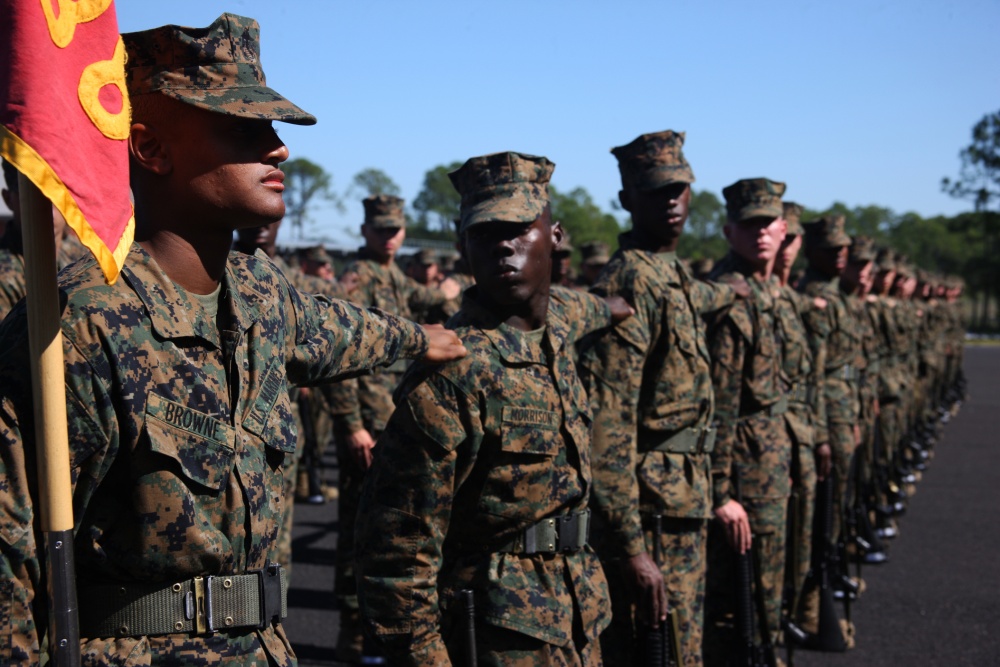
Marines may feel lonelier during the holidays as a result of being away from their families and supporters. Behavioral health specialists report depression and suicide ideation rates increase during the holiday season and into the post-holiday period in the Marine Corps, according to the Headquarters Marine Corps Force Preservation Directorate. (U.S. Marine Corps photo)
OKINAWA, Japan — Behavioral health specialists report depression and suicide ideation rates increase during the holiday season and into the post-holiday period in the Marine Corps, according to the Headquarters Marine Corps Force Preservation Directorate.
Marines may feel lonelier during these times as a result of being away from their families and supporters, said Shannon Hutchinson, the 3rd Marine Division behavioral health specialist. Marines then question their belonging and wonder if people would care if they weren’t around.
One of the 14 Marine Corps leadership principles states, “know your Marines and look out for their welfare.” Hutchinson said leaders should make it a regular practice to talk about taking care of yourselves and each other when it comes to managing stress and everyday issues. She also advised that regular counseling sessions should include discussions about issues other than work, like family, finance and mental health. In order to be “ready to fight tonight” and achieve the Marine Corps mission, Marines must be mentally and spiritually ready, said Hutchinson.
“The truth is it’s your responsibility and part of the commitment you made to the Marine Corps to be ready to handle whatever the Marine Corps needs of you at any time,” said Hutchinson. “We perform corrective and preventative maintenance on equipment so why wouldn’t we do that for ourselves and our fellow Marines?”
As military members, we’re required to attend suicide prevention training to recognize the signs amongst peers and lead them to the appropriate resources, but even then it’s difficult to know if someone is actually contemplating suicide unless we truly know that person.
According to Navy Cmdr. Salee Oboza, the operational stress control and readiness training clinical provider, the best way to recognize the signs is to get to know your peers and care about their well-being.
“People don't hesitate to help when someone is limping, but people tend to hesitate and turn the other way when someone is having a difficult time with their emotions,” said Oboza. “Emotional pain is the same as physical pain, it needs treatment for it to be better.”
To defeat the stigma surrounding utilizing mental health resources, Oboza advises Marines to take every suicidal comment seriously and never make fun of the topic. She also encourages commands to invite the providers into work spaces to introduce themselves and their capabilities. Some resources found on base are the Behavioral Health Community Counseling Program and Family Advocacy Program, military and family life counselors, the Families Overcoming Under Stress team, the operational stress control and readiness team, the U.S. Naval Hospital mental health department, the substance abuse control officer and the command chaplain.
“Asking for help will not make you appear weak and/or less of a Marine,” said Hutchinson. “You have a role in enhancing overall readiness. Protect yourself and others against behavioral health issues and take action to prevent incidents.”
Disclaimer: Re-published content may have been edited for length and clarity. Read original post.
Depression awareness: Reach out for yourself, and for others
Article
10/17/2018
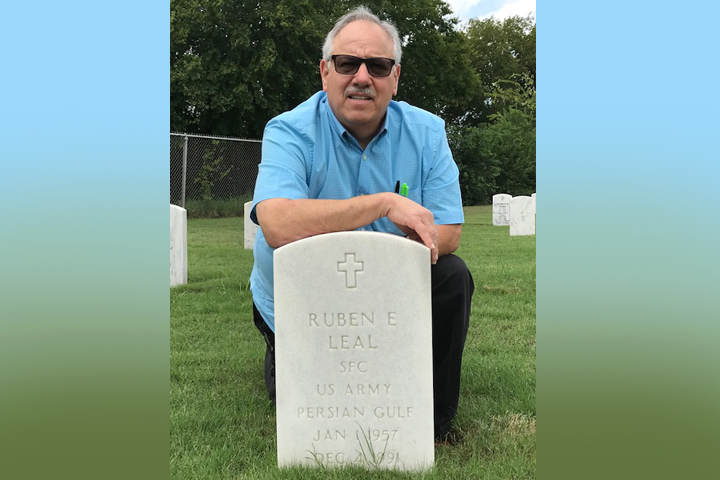
There’s hope, and help, for a common condition
Paying attention, knowing the signs: How teenagers can help save a life
Article
9/27/2018
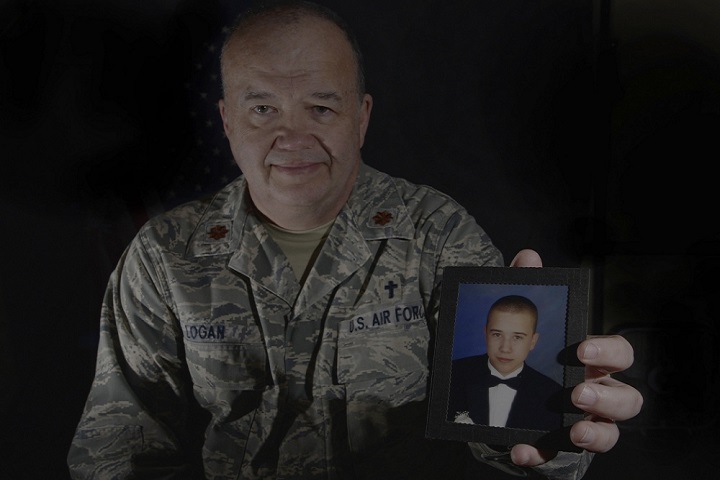
Suicide is the third leading cause of death for teens, young adults
Army observes September as Suicide Prevention Month
Article
9/24/2018
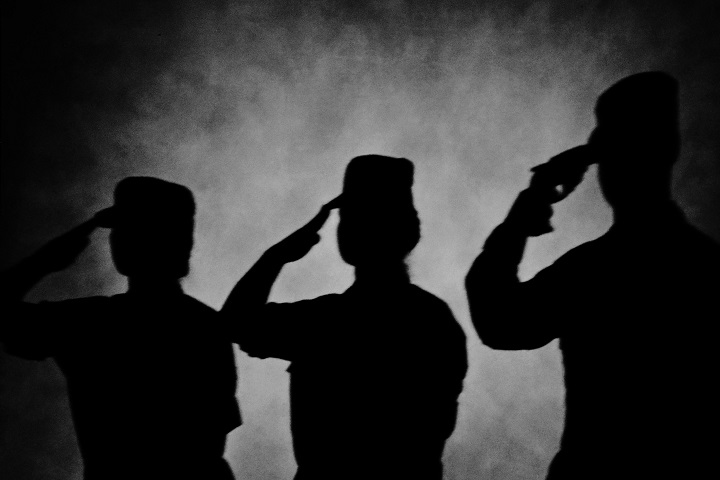
Every person has a responsibility and commitment to reach out and help
Kristin Gwin, Walter Reed Social Worker Talks About Getting Help
Video
9/12/2018

Kristin Gwin, a Social Worker at Walter Reed National Military Medical Center understands that getting help can be an intimidating process. She offers advice on how to get started by letting a professional know you want help.
Stopping bullying takes understanding, involvement
Article
9/7/2018
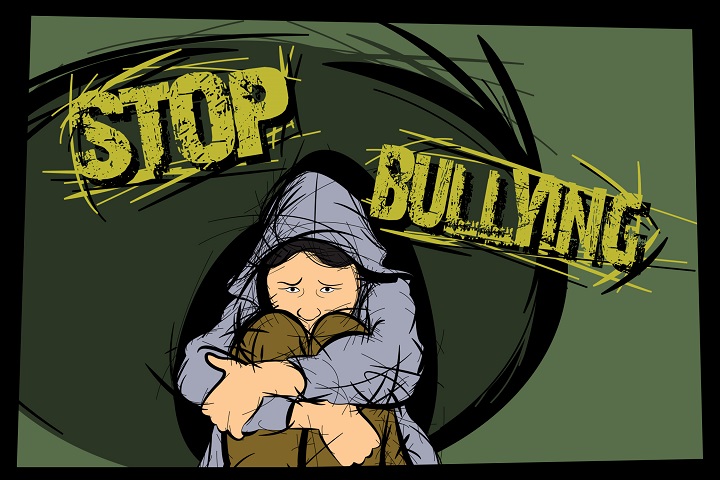
Bullying can leave visible and invisible wounds and have lasting effects on children and teenagers. Signs of the behavior can vary, and bullying others and being bullied are not mutually exclusive, experts say.
How sharing my PTSD struggles helped others—and me
Article
9/4/2018

Army Sgt. Jon Harman 82nd Airborne Division, liaison officer at Walter Reed Military Medical Center
Suicide Prevention Month 2018
Video
9/4/2018

September is Suicide Prevention Month. No one fights the battle alone. Make it your mission to #BeThere for each other.
Soldier uses school project to combat suicide
Article
9/29/2017
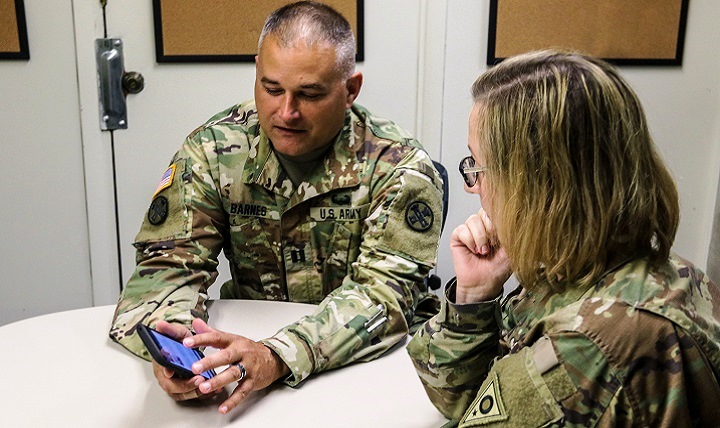
Army Capt. Michael Barnes is channeling his passion for helping veterans to get a master’s degree in nursing
Into the woods: Does nature nurture healing?
Article
9/29/2017

The goals of the Green Road project are to provide empirical evidence for the healing power of nature in wounded warriors and their caregivers
One small act can save a life
Article
9/26/2017
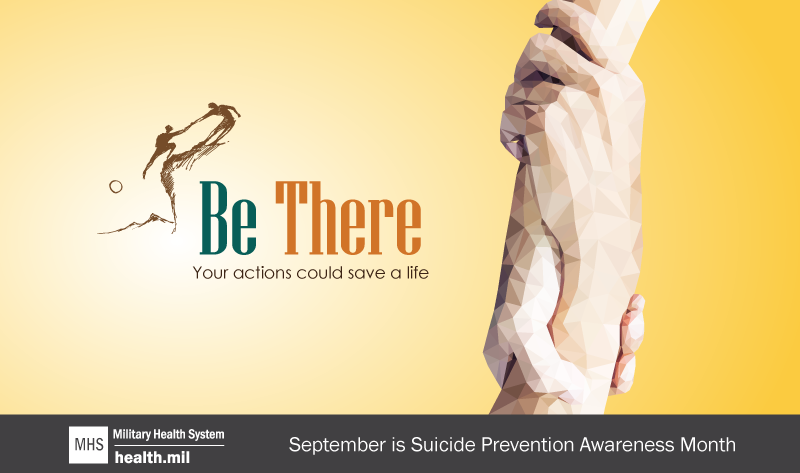
There are no specific demographics associated with suicides, but there may be warning signs
Retired Gen. Ham: I got emotional support. You can, too.
Article
9/14/2017
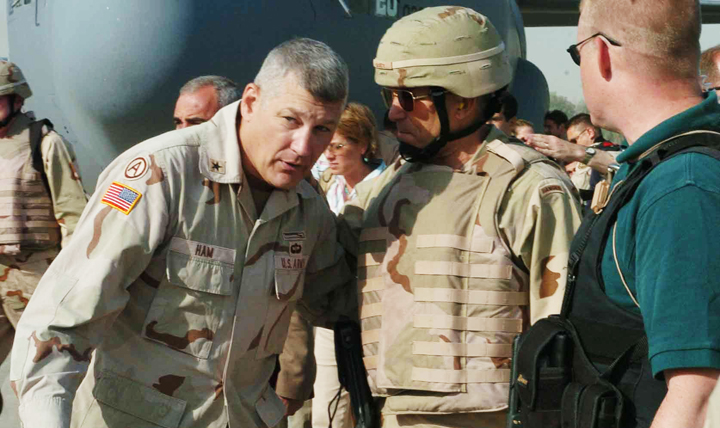
Army leader got emotional help after Iraq deployment, then earned more stars
Resources, resiliency help military children turn away from suicidal thoughts
Article
9/12/2017

Children of military parents face some real challenges, such as frequent relocations, which can make them feel isolated and turn to thoughts of suicide; Find out more about how you can keep them resilient
Suicide Prevention: Each of us has an important role to play
Article
9/5/2017
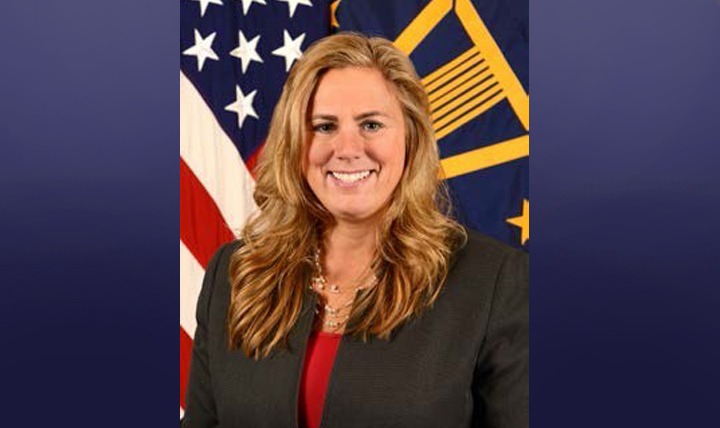
September is Suicide Prevention Awareness Month
Defense Suicide Prevention Office
Presentation
11/1/2016
Defense Suicide Prevention Office briefing for the Defense Health Board, Nov. 1, 2016.
Shattered Mirror
Photo
9/21/2016

Army Private 1st Class Luselys Lugardo, a soldier assigned to the New Jersey Army National Guard, poses in front of a shattered mirror for a portrait. The shattered glass represents the way suicide hurts families, friends and coworkers. (U.S. Air Force photo by Tech. Sgt. Matt Hecht)






















.png)











No hay comentarios:
Publicar un comentario